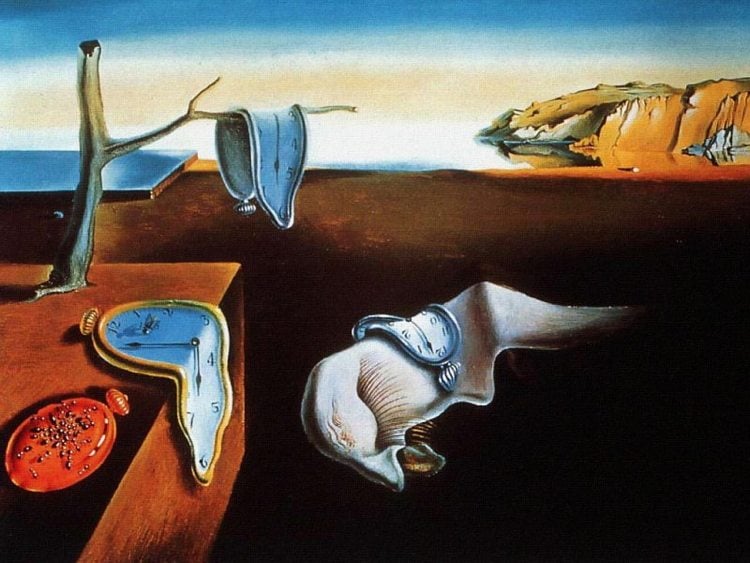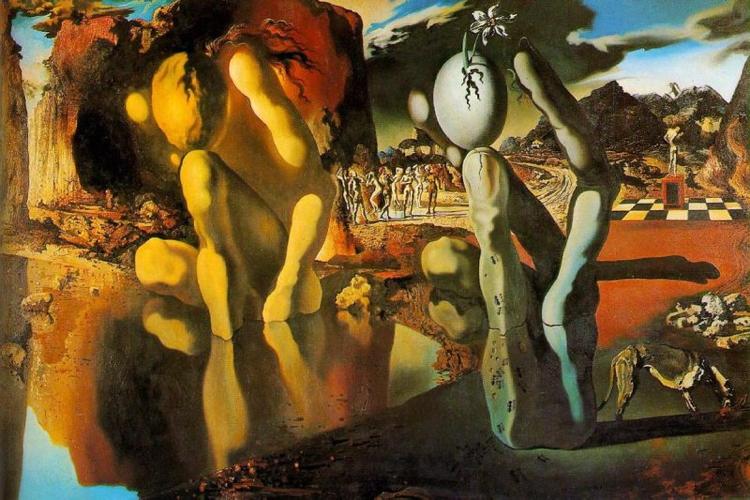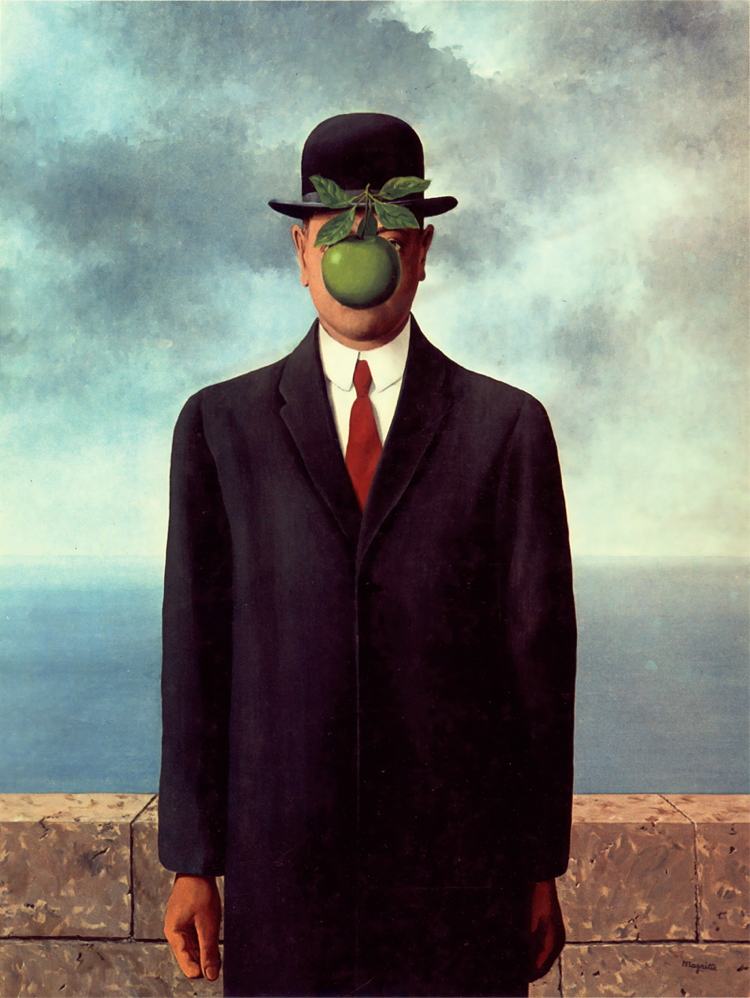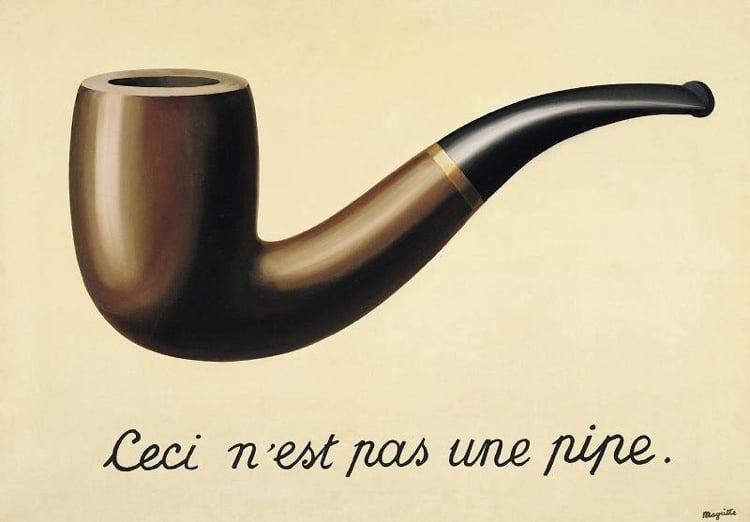Founded by Andre Breton in the early 1920s and emphatically explained in his Manifestoes of Surrealism, Surrealism is often considered both a cultural and revolutionary art movement. The form dedicated itself to depicting the subconscious and as such many critics regard Surrealism as a substantial divergence from traditional art movements.
By stripping ordinary objects of their normal function, Surrealist artists aimed to expose psychological truth and as a result created abstract images in order to evoke empathy from the viewer. Highly individualized, the movement relied heavily on the element of the unexpected, borrowed from various Dadaist techniques and eventually came to represent the alienation many experienced in the wake of a war stricken world.
The Persistence of Memory, Salvador Dali

Undoubtedly the most famous Surrealist painting in history, The Persistence of Memory is Salvador Dali’s iconic ode to time. The dripping clocks reflect the inner workings of Dali’s subconscious and convey a simple (albeit complexly delivered) message: time as we know it is meaningless.
Metamorphosis of Narcissus, Salvador Dali

Dali’s Metamorphosis of Narcissus depicts the tale of Greek figure Narcissus, the egotistical man who pined for his reflection in a pool of water. In this painting Narcissus is seen sitting in a pool with two other Narcissus-like figures hidden in the landscape.
The Son of Man, Rene Magritte

Rene Magritte painted The Son of Man as a self-portrait with the hope of conveying important messages about the individual. In regard to the painting, Magritte stated that “Everything we see hides another thing. We always want to see what is hidden by what we see. There is an interest in that which is hidden and which the visible does not show us. This interest can take the form of a quite intense feeling, a sort of conflict, one might say, between the visible that is hidden and the visible that is present.”
This Is Not a Pipe, Rene Magritte

In order to highlight Magritte’s belief that art was not reality but a mere representation of it, Magritte painted the well known and philosophically provocative “This Is Not a Pipe” portrait. In the work, Magritte did in fact paint a pipe however sought to relay to the viewer that the pipe wasn’t actually a pipe but rather an image of the real thing. Magritte’s painting holds true to the surrealist style as it strips signs and symbols of their original meaning.